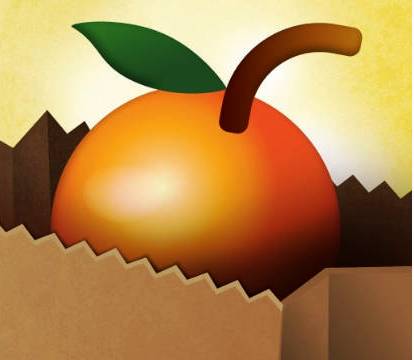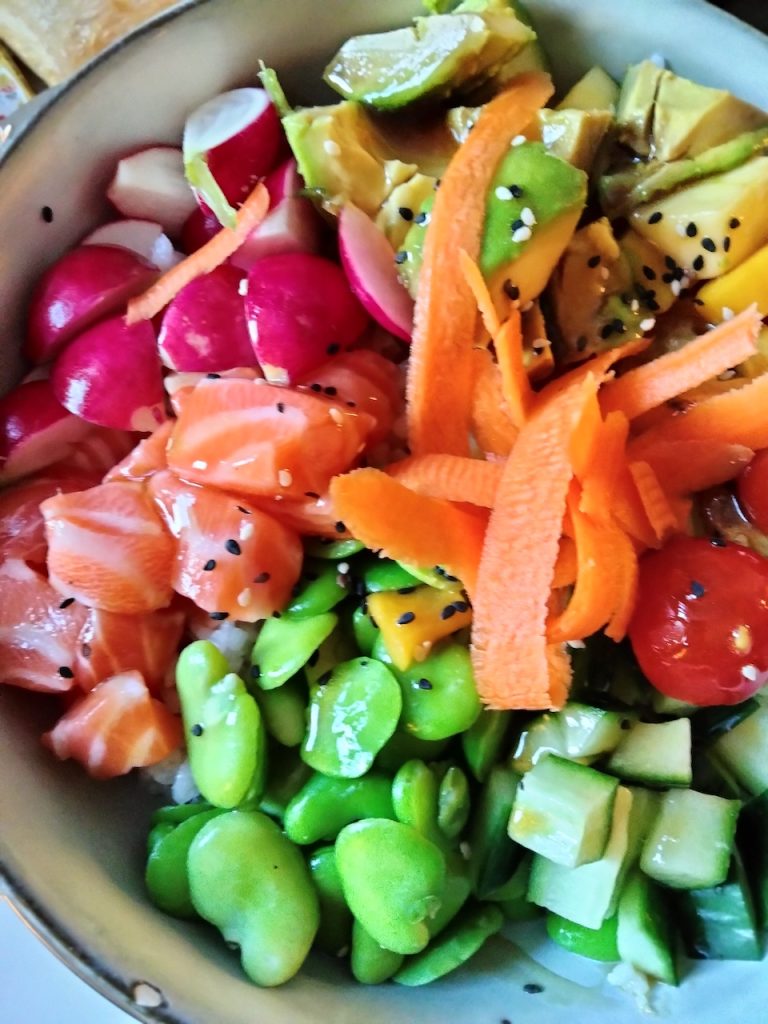What is Tempo Training?
Have you heard of it? Tempo training, once popular in the weight lifting circuit, took a back seat for a while and now is back in serious strength-training and coaching circles. Tempo training is not a new concept. It’s basically controlling and varying the speed and rhythm of each repetition of a set of strength training exercises.
Tempo Training: Basic Components
There are two essential ‘main phases’ to strength training exercises and, of course, to tempo training, the eccentric and concentric phases. The eccentric phase involves lowering a weight whereas the concentric phase involves lifting the weight (contracting the target muscle). If you use momentum to ‘hoist’ up your weight and then rapidly drop it, you are minimizing benefits, wasting time and risking injury. Two other components of tempo training are isometric ‘holds’ or short pauses that should be included when the weight is down/stretched and when the weight is ‘up’ or the muscle is contracted.
With tempo training, you are purposefully using different speeds or ‘counts’ for each main phase depending upon your fitness goals how you wish to effectively target your muscles. Generally speaking, it’s best to work with a certified personal trainer to develop a basic routine, customized for you while perfecting your form. Mix and match cadences (tempos) to create multiple lifting variations.
Imagine biceps curls. You start with straight arms. Consider curling up on a count of two, pausing for one second, lowering on a count of four and pausing for another second. As you lower the weight, you are engaging both target and ‘helper’ muscles, maximizing results. That’s tempo training! Always avoid using momentum or ‘swinging’ to help you hoist up the weights. If you can’t lift in a controlled manner, try using lighter weights.
Tempo Training and Muscle Fiber Engagement
There are two categories of muscle fibers: type I and type II. The speed or tempo you adopt when performing strength training exercises determines which type of muscle fibers are most engaged. Type I or slow-twitch fibers are working during low-intensity, sustained activities whereas type II or fast-twitch fibers are engaged during short, high-intensity bursts of activity.
Lift a weight in a slow and controlled manner during the concentric phase and you’ll target mainly type I muscle fibers. Fast, powerful concentric phases, like a quick push (pushing weight away from your body) stimulates (and grows) type II muscle fibers.
In general, super-fast concentric phases aren’t appropriate for most strength-training exercises. Increasing the speed increases the likelihood that you’ll use proper form, taking the work emphasis off of the target muscle and potentially placing undue stress on tendons and ligaments. Think of going from slow and to faster…but always very controlled.
Tempo Training: Next Steps
You’ll want to switch up your cadence, or tempo, depending upon your training goals, desired results; even the exercises you choose. In an upcoming post, I’ll delve further into the three main ‘cadences’ in tempo training: slow, normal and fast and list specific exercises appropriate for each category.












